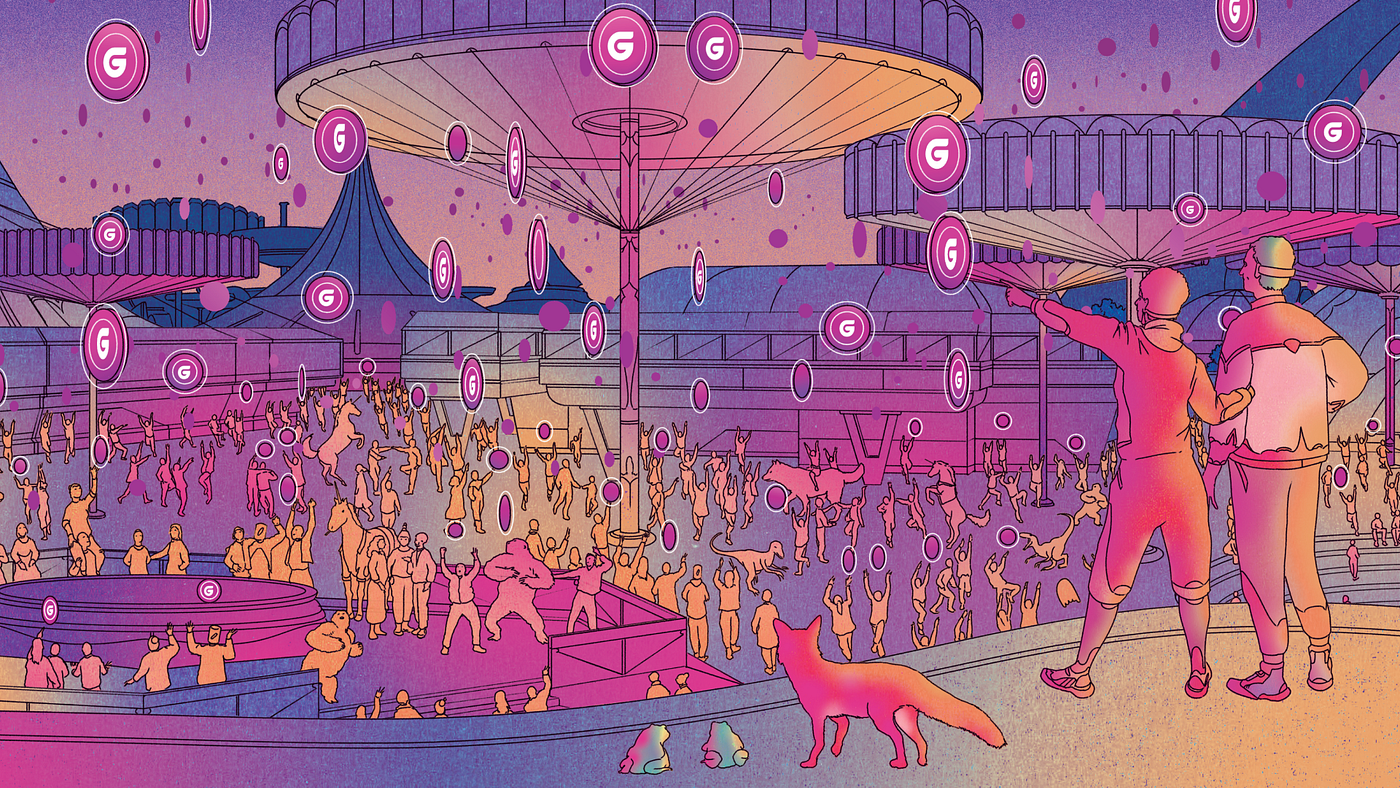There are so many interesting things about the blockchain technology that stem from the way it’s designed and built, and one of the interesting features that make it so effective and efficient is the decentralization that it brings to different systems where it is integrated. There are a plethora of reasons why systems can be both decentralised and autonomous, but a major reason is to reduce the interference of third parties, and thus reduce processes involved in maybe a transaction or any other system that requires such innovation.
If you have been following crypto trends, there is a possibility that you may have seen ‘DAO’ a couple of times and wondered what it really means, or what it’s about. Basically, DAO is an abbreviation for Decentralized Autonomous Organisation, and it refers to an organisation whose functions are fully dependent on a blockchain protocol, and its processes are autonomous and a function of rules overseen by smart contracts. The decision making architecture of a DAO is trustless, and thus it makes it possible for the governance of that system to be accessed by everyone, as opposed to being governed by a select few.
Gro DAO

Gro DAO intends to provide users with different services including leveraged yield and deposit protection:

The ‘Vault’ where the leveraged yield takes place, functions as an optimiser for stablecoin yields that are leveraged. One major feature of the Vault is that users will have access to increased DeFi yields, and that would be made possible via a collection of strategies that are always optimised. It is important to note that the returns from the Vault are usually higher as a result of being a function of assets gotten from the powered savings (PWRD); this invariably means that with a higher PWRD, the vault’s leverage and yield will be more.
- Powered Savings & Deposit Protection (PWRD):

This is an interesting way for users to earn money passively. With this feature, the investor gets a strategies portfolio that is automated and gives the investor high DeFi-based yields, as they enjoy the system’s deposit protection. It may interest you to know that there is an embedded risk distribution framework that protects investors from loss, even with their DeFi yields still accessible. Per adventure there is a capital loss from either the protocols or stablecoins, the Vault absorbs the loss, and so PWRD is allowed to continue generating yields in a safe manner.
As you may know, there are three major sources that DeFi yields come from, and they include income from lending platforms, incentives gotten from some liquidity protocols, and the trading fees that are gotten from automatic market makers. Gro also generates yields through some vaults and strategies.

Gro DAO intends to be a forerunner for introducing the execution of automated on-chain voting before token distribution; The norm is for the on-chain vote function to come after distribution of tokens, but Gro DAO is turning things around by putting token distribution after. One question that may be on the minds of many is about the possibility of creating a distributed autonomous organization (DAO) without first having the token distributed.However, that’s what they are doing, and they have it all figured out. According to the brilliant team, the operations of the usual way are much easier that way, because it translates to the fact that when votes are needed, the voters would need their governance tokens. However, the flaw with that setup is that prior actions that are important to the DAO’s future would have to be carried out through voting off-chain, and then the votes would need to be converted into outcomes that can be seen on-chain — tedious!
The possibilities are diverse with the Gro protocol, and users will be able to make use of the different products for various purposes, but particularly for them to be perform their operations in a trustless and fail-safe manner, especially in the ever evolving world of decentralized finance (DeFi).
xGRO

This is a voting token that was aid in the distribution of GRO to the ever growing Gro DAO, and it was distributed such that it will be equal to the amount of GRO that have been allocated. It may interest you to know that the allocations also include receivers of airdrops from the Gro community. It was distributed to those who are key contributors to the community, as well as top those that provide liquidity. Other people that got the xGRO token include early investors, and the team behind the brilliant project.
It is important to note xGRO was used before the LBP for the voting purposes. Right now, holders can use their GRO to vote in DAO proposals. All unlocked, pooled or vested GRO are giving you the DAO the power and authority to function as it should, and in a seamless manner.

Just like other emerging technologies and innovation, they are constantly evolving as the developers continue to look for ways to make them function better, and the team behind Gro DAO are doing all they can to ensure that the project functions as effectively and efficiently as possible.
With what the team has planned out, there are no doubts about the safety of the Gro DAO, considering that every important decision that is needed to be made in order for the launch to happen, will be executed by the DAO; votes will happen on-chain, and execution of the processes will also happen on-chain.
At this point, it is safe to say that the project looks solid, and users can expect nothing but the best from the Gro team in the near future, as the brilliant minds behind the DAO products are putting their best efforts.
Useful links:
Website
Discord
Docs
DApp
Medium
Telegram ANN
Telegram Chat
Source link
Author Boss95rnd





